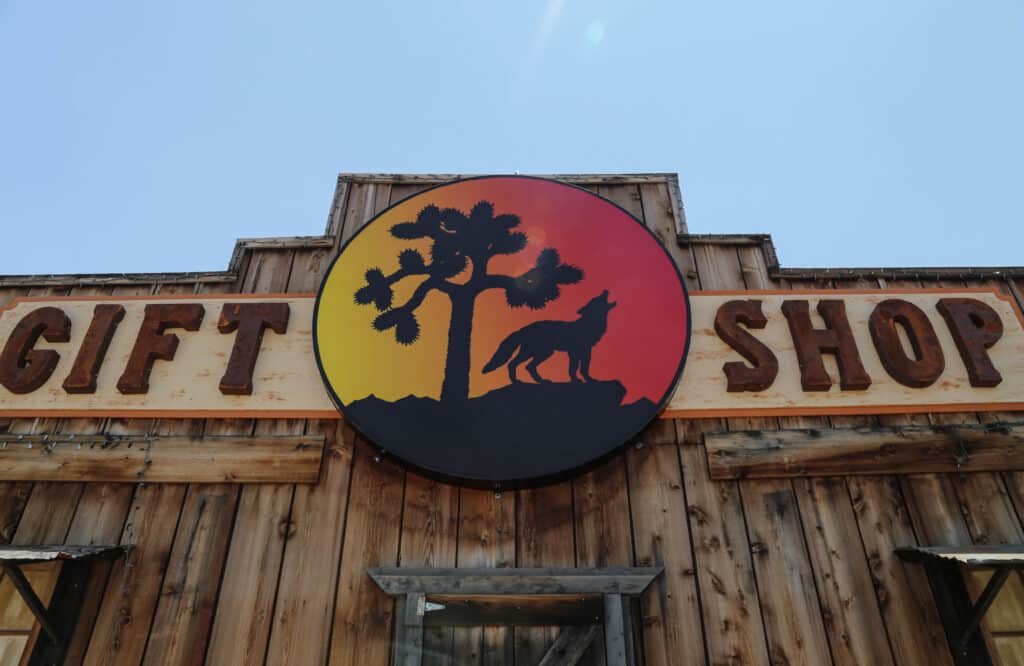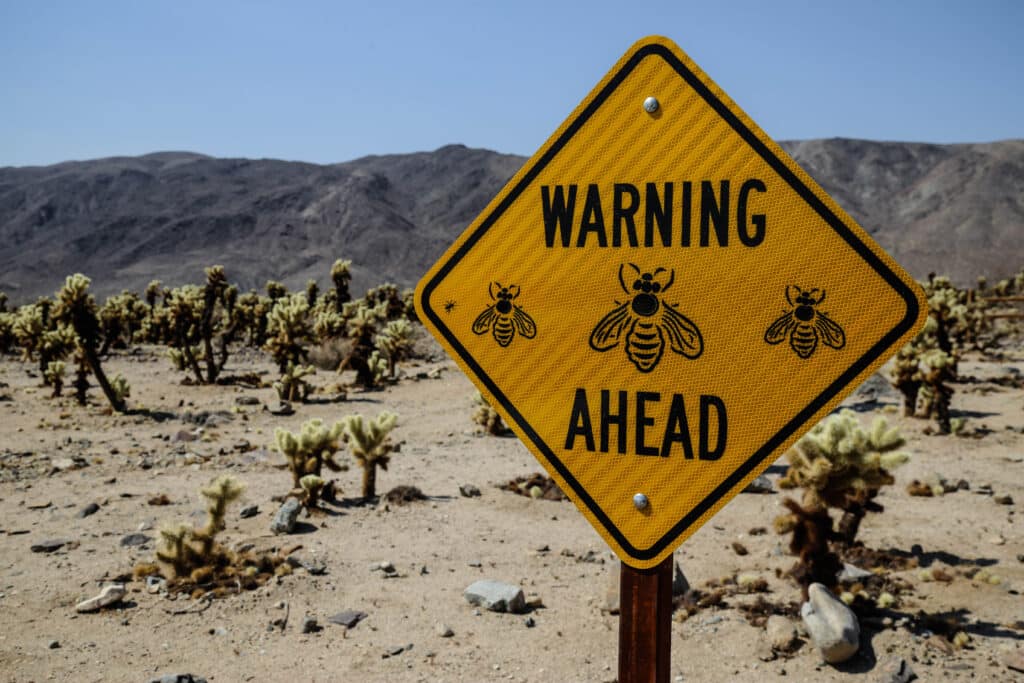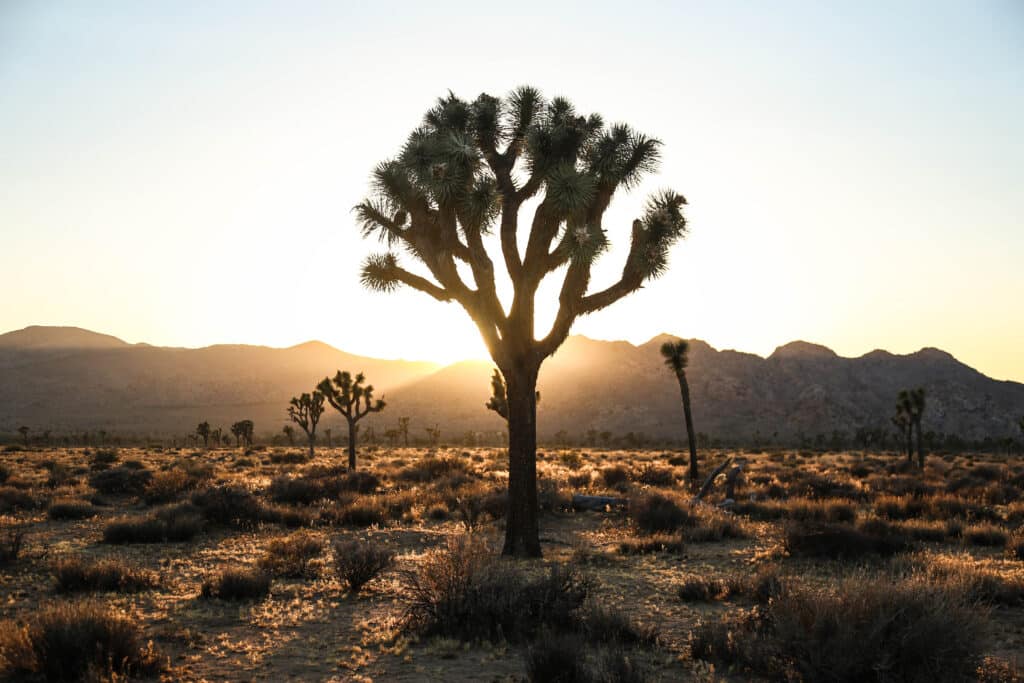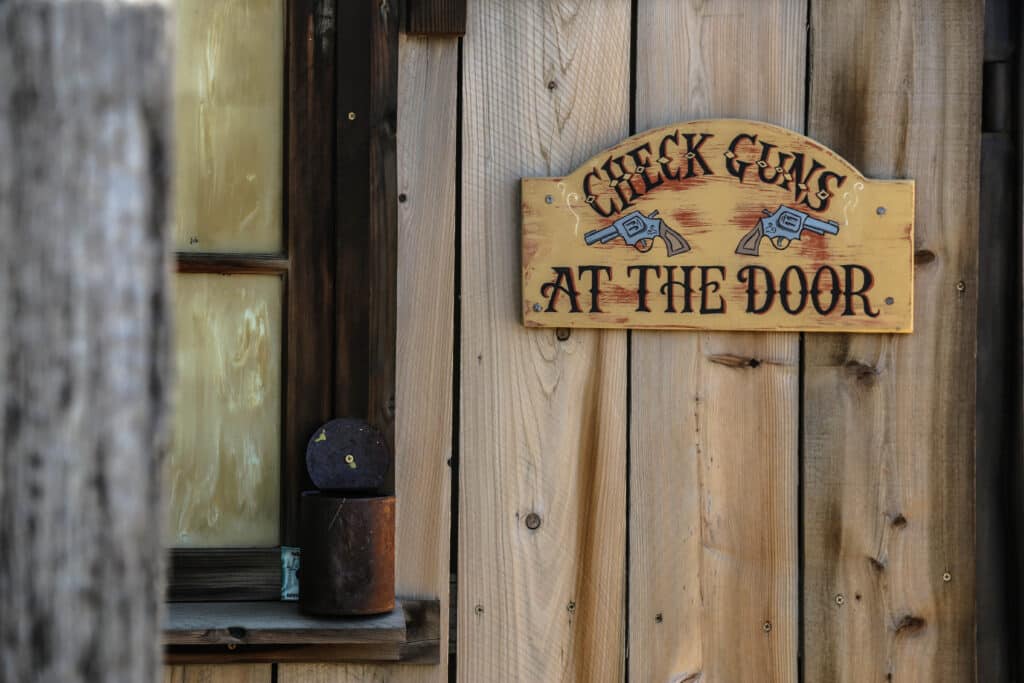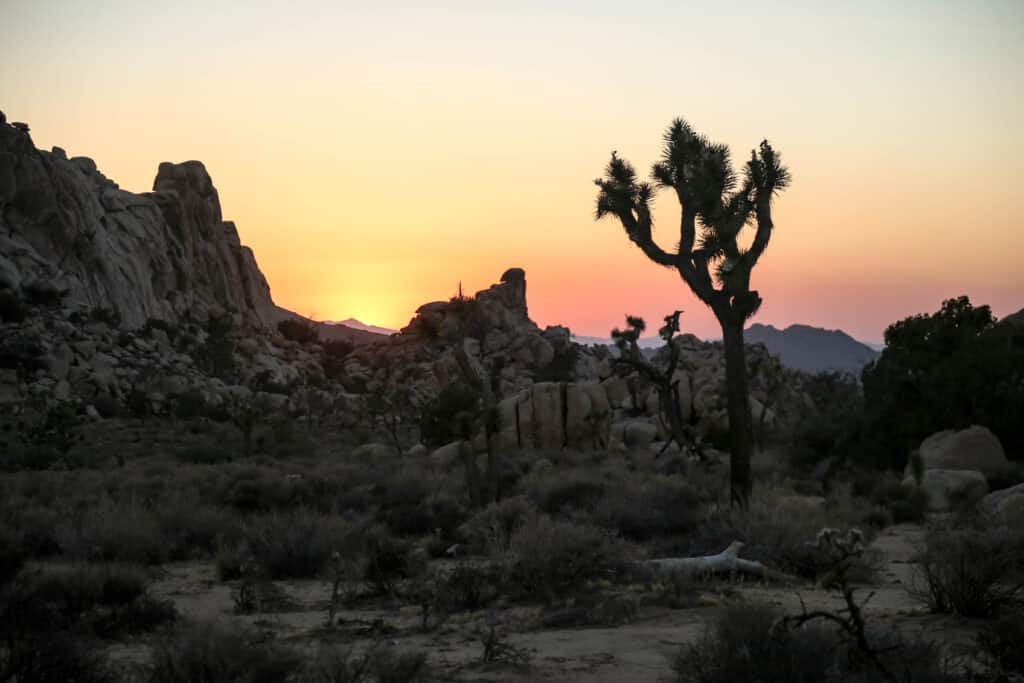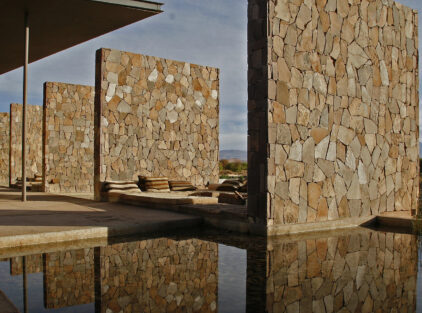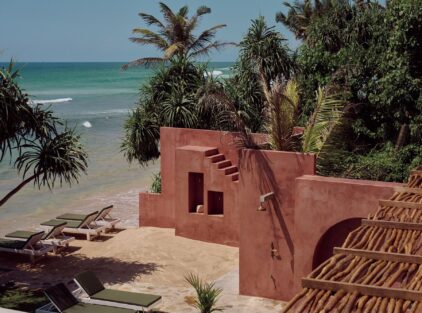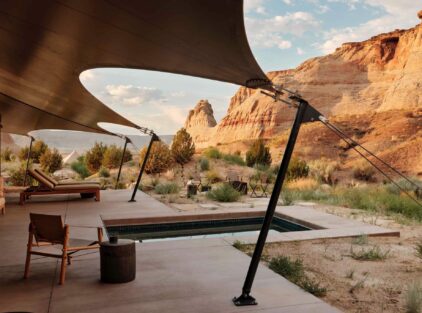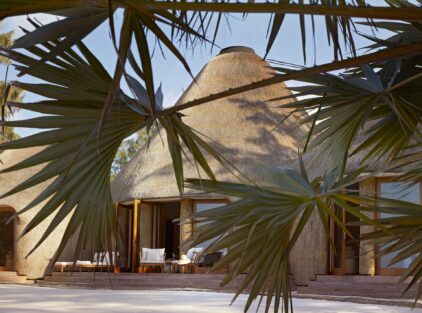Της Μαριανίνας Πάτσα
Joshua Tree: the otherworldly tree with branches that look like something out of a Dr. Seuss story, growing in the desert symbolizing the strength and beauty that can be born out of hardship. It is from this tree that Joshua Tree National Park in southern California takes its name, located right where two different desert ecosystems (those of the Mojave and Colorado) meet.This is the ideal habitat for Yucca brevifolia, as the Joshua tree is officially called, which grows between the hills and marks the border between the two areas. A fascinating variety of plants and animals make their homes in a land carved by strong winds – and occasional torrents of rain. Almost surreal geological features and a vast sky filled with billions of stars at night complete this wilderness wonder that is a tangible paradise for explorers and nature lovers who arrive here from every length and breadth of the globe.
We can explore the Park by car, on foot, on horseback, on bicycles, camp and sleep under the starry sky like modern Indians, climb the huge rocks, observe the animals and birds, meet the huge desert turtles, all with the feeling of being in a wild nature where anything is possible. In reality, however, the park is protective against the explorer. The main roads are paved, there are signs, the camping areas have all the basics and more, and the park is patrolled – all without losing any of its wild magic. In such a setting, even the asphalt looks like something out of a David Lunch movie. Keys View is considered one of its most SOS destinations. Perched on the ridge of Little San Bernardino Mountain, it offers panoramic views of the Coachella Valley and an orange sunset so brilliant, it looks like a stellar supernova explosion.
